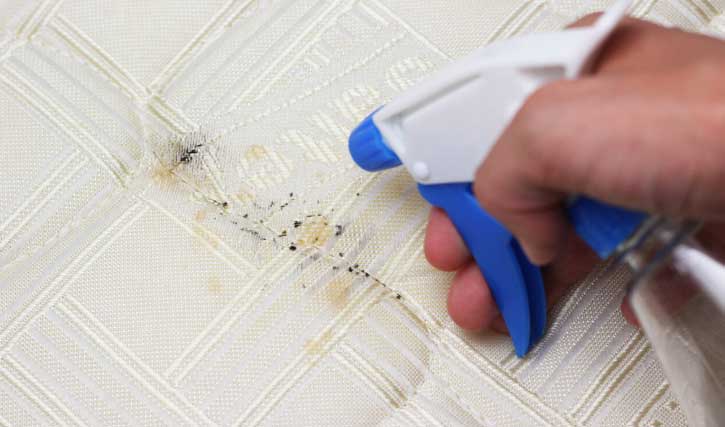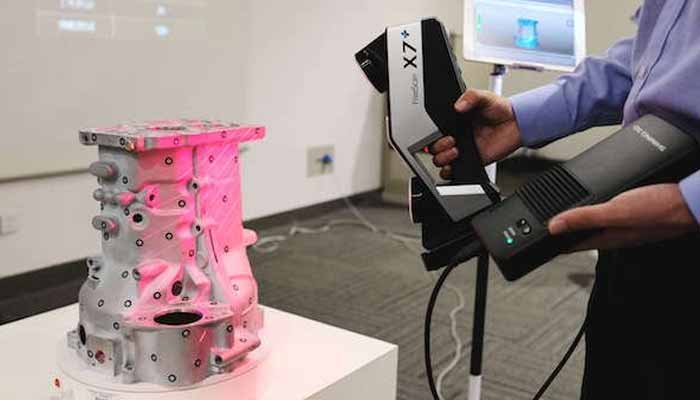Bed bugs are excellent hitchhikers and can travel between rooms in hotels, motels, and apartment complexes. They are also efficient at entering and spreading in homes, as well.
Clutter strewn about rooms affords numerous places for bed bug infestations to hide, and can impede inspection and treatment. They can be found in many areas besides beds, including nightstands and dressers; in the seams and tags of mattresses and box springs; in the tufts of sofas; and under loose wall paper and wall hangings.
1. They Bite
Bed bugs pierce skin with their long beaks when they bite, usually while people are asleep. They feed for up to 10 minutes and then crawl back into hiding. Bed bug bites appear as flat, red welts in zigzag lines on your skin and are extremely itchy. Scratching can cause the bites to bleed.
Many people do not develop symptoms other than the bites, while others may experience hives, wheezing and difficulty breathing. If you notice these symptoms, see a doctor or dermatologist for treatment.
Be vigilant about preventing bed bugs by washing your bedding and curtains regularly in hot water and drying them on high heat settings. Thoroughly inspect your mattress and box spring, including seams and folds of fabric. Purchase covers for your mattress and box spring that are zippered to prevent the bugs from getting inside, Check out the post right here.
2. They Spread
Bed bugs are difficult to eradicate once they are established, especially in multi-family dwellings. They have a knack for hiding and spreading, often in the cracks of beds and furniture. Early warning signs include rusty or reddish spots on sheets and mattresses (the result of blood from bed bug bites), and dark specks on furniture that are actually bed bug droppings. These specks are also accompanied by a musty or sweet smell from the pheromones the insects emit.
Keeping your home tidy will help to prevent the spread of bed bugs. Look under cushions of upholstered furniture, behind pictures and wall hangings, and inside crevices of door frames and baseboard moldings. Do not spray your hotel/vacation room with pesticides since you may inadvertently bring them home, but do use a special mattress and box spring encasement to make it harder for the insects to get to you while you sleep.
3. They Infest Your Bedding
Bed bugs hide in dark cracks and crevices during the day and near where humans sleep at night. They are difficult to detect with the naked eye, but a visual inspection may reveal blood spots from bites, aggregations of nymphs, shed skins and a foul, rotting-meat smell.
They are efficient hitchhikers, traveling unnoticed into dwellings on infested luggage, backpacks, suitcases, purses, clothing and furniture. They can also travel between apartments in multi-unit buildings.
To help prevent and contain infestations, encase mattresses, box springs and beds in impermeable materials, keep rooms free of clutter (including piles of clothes and paper), vacuum often and wash clothing and textiles regularly in hot water. Interceptor monitors, such as small double-cupped plastic traps that wandering bed bugs cannot escape, can be placed under the legs of beds and other furniture items to catch hungry bed bug nymphs and adults.
4. They Infest Your Clothing
Bed bugs can easily hitch rides on clothing worn by you or other people. When you return home after staying in an infested hotel, a motel, or a friend’s house, run all your clothes through a high-heat dryer as soon as possible to kill any bed bugs and their eggs.
Sort your clothes as you normally would before washing, with a separate pile for each color or type. Before putting any clothes into the washer or dryer, read the care label to identify the highest wash and dry temperatures. Clothes that need to be dry cleaned should go into a separate bag and be kept away from your clean clothes until you take them to the dry cleaner.
Items that cannot be washed or dried (such as silk garments, shoes, lingerie, and beloved stuffed animals) can be put in the freezer. This treatment, known as solarization, also works for luggage and other clothing that has been transported in or out of an infested environment.
5. They Infest Your Mattress
Travelers can unwittingly bring bed bugs home from hotels and motels on their luggage. People who shop at thrift stores or garage sales could also unintentionally introduce the pests to their homes on discarded mattresses or upholstered furniture.
Managers of hotels, dormitories and shelters for the homeless should train staff to recognize early signs of bed bug infestations. These include dark spots on sheets and mattresses that are fecal excrement or crushed bugs; shed exoskeletons (exuviae); rusty or reddish stains on bedding, pillows, mattress covers or sheets; and a musty, sweet odor as the infestation grows.
Conclusion:
Regular cleaning and the elimination of hiding places will discourage an infestation. A licensed pest control operator should be consulted to use chemical and non-chemical controls. Follow the PCO’s instructions to avoid spreading the infestation to adjacent units in a multi-family complex.






